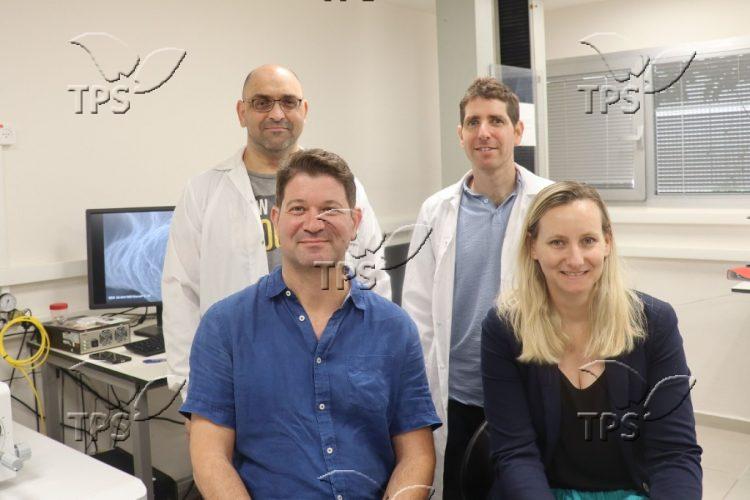Low-Cost Israeli Method of Producing ‘Green’ Hydrogen is a Game Changer
Jerusalem, 18 July, 2023 (TPS-IL) -- In a significant step towards combating climate change, researchers from Tel Aviv University achieved a major breakthrough in the production of “green” hydrogen. Their method not only sidesteps air pollution but also offers a high level of efficiency.
Hydrogen is an essential raw material for both agriculture and industry, with the potential to dramatically cut down carbon dioxide emissions. The production and combustion of hydrogen do not emit polluting gasses, and hydrogen can also be transformed into electricity or synthetic gas. “Green” hydrogen refers to hydrogen that is obtained without generating pollutant emissions.
The new method was developed by doctoral student Itzhak Grinberg and Dr. Oren Ben-Zvi under the guidance of Professors Iftach Yacoby and Lihi Adler-Abramovich. Their findings were published earlier in July in the peer-reviewed journal, Carbon Energy.
Currently, “green” hydrogen is primarily produced by passing an electric current through water molecules to separate the hydrogen and oxygen atoms. According to Ben-Zvi, this electrolysis method “requires precious and rare metals such as platinum along with water distillation.”
That’s “15 times more expensive” than “gray hydrogen,” which refers to hydrogen extracted from natural gas, methane or other fossil fuels. Efforts fight climate change are moving away from “gray hydrogen” because its production releases significant amounts of carbon gas that cannot be captured.
Instead of applying electrolysis to water, the researchers instead turned to enzymes.
Hydrogen “is produced by enzymes in microscopic organisms, which receive the energy for this from photosynthesis processes.” Grinberg explained. “In the lab, we ‘electrify’ those enzymes. That is, an electrode provides the energy instead of the sun. The result is a particularly efficient process, with no demand for extreme conditions, that can utilize electricity from renewable sources such as solar panels or wind turbine.”
One problem that researchers encountered, Grinberg noted, is that “the enzyme ‘runs away’ from the electric charge, so it needs to be held in place through chemical treatment. We found a simple and efficient way to attach the enzyme to the electrode and utilize it.”
The researchers used a water-based gel to attach the enzyme to the electrode, and were able to produce green hydrogen using a biocatalyst. The method showed 90% efficiency, meaning 90% of the electrons introduced into the system were deposited in the hydrogen without any secondary processes.
The innovation was simply using the gel to produce the hydrogen.
“We soaked the electrode in the gel, which contained an enzyme for producing hydrogen, called hydrogenase,” Yacoby said. “The gel holds the enzyme for a long time, even under the electric voltage, and makes it possible to produce hydrogen with great efficiency and at environmental conditions favorable to the enzyme — for example, in salt water, in contrast to electrolysis, which requires distilled water.”
Another advantage to using the gel is that it “assembles itself, Adler-Abramovich said.
“You put the material in water, and it settles into nanometric fibers that form the gel. We demonstrated that these fibers are also able to stick the enzyme to the electrode. We tested the gel with two other enzymes, in addition to the hydrogenase, and proved that it was able to attach different enzymes to the electrode,” she explained.
Said Ben-Zvi, “We hope that in the future, it will be possible to employ our method commercially, to lower the costs, and to make the switch towards using green hydrogen in industry, agriculture, and as a clean energy source.”







